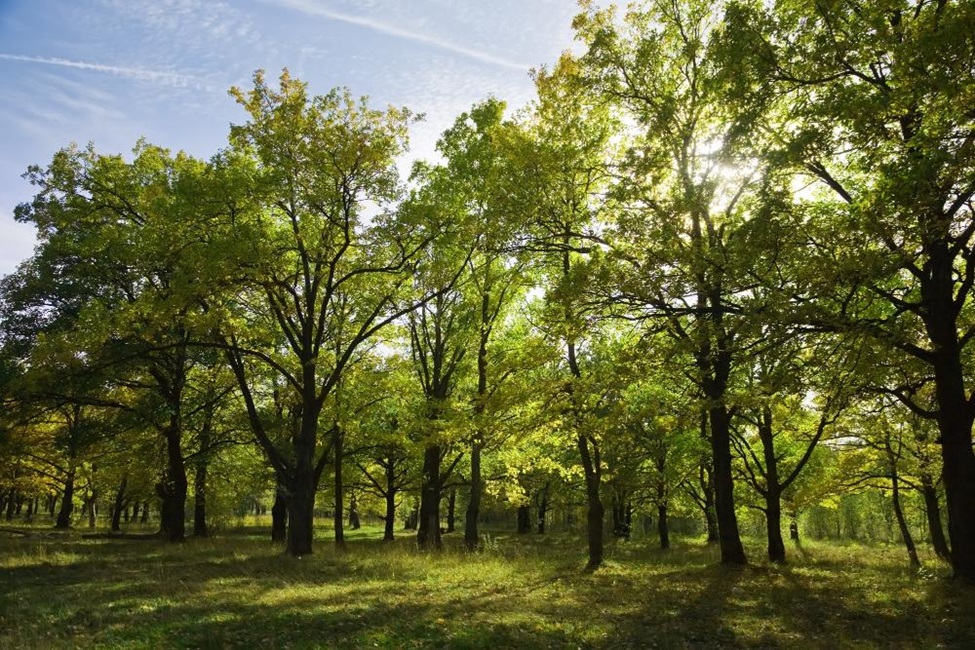Trees play a vital role in our lives. They are important not just aesthetically but also environmentally, economically, and socially. Their smart growth and sustainability are crucial for supporting life, preserving the natural landscape, and driving economic growth. Trees control environmental pollution, provide shade and heat protection, and improve air quality. More than half of all humans consume a large variety of nutrient-rich edible foods, including fruit, vegetables, and all nuts that grow in trees.
Here, we will explore some sustainable practices that are important for boosting tree health and growth.
Selecting Appropriate Materials and Techniques for Tree Care
By selecting appropriate materials, we can properly take care of plants and trees and contribute to environmental conservation. For better soil condition and tree growth, choose organic options as sustainable alternatives to traditional pesticides and fertilizers. Use biodegradable materials for soil fertility around the base of trees, as they retain moisture, reduce the need for excessive watering, prevent weed growth, and also provide protection against chemical treatments. The drip irrigation technique is also a sustainable practice for caring for trees. By using this technique, trees receive adequate hydration without straining local water resources.
Adequate Tree Maintenance
For long-term sustainability, proper tree maintenance is necessary. While promoting optimal growth, regular pruning and trimming are crucial as they help to maintain the health and shape of trees. To halt the spread of infection and secure the tree’s long-term survival, eliminate the dead or diseased branches. When planting new trees, select the native tree species to enhance biodiversity in your area. Native trees have adapted to the environment and support local wildlife. Further, enhanced tree services include appropriate tree spacing to facilitate ample airflow and sunlight, extending natural pest control by luring beneficial insects and birds to your garden, planting native flowers, establishing birdhouses, and offering water resources.
Reasonable Tree Removal and Waste Management
Due to safety concerns or tree diseases, tree removal becomes necessary sometimes. Diseased, damaged, or dead trees can significantly endanger both people and property, causing damage or injury. To protect other trees and plants, improve aesthetics, and prevent any hazardous risks, damaged tree removal is essential. Trees afflicted with disease or pest infections and overgrown trees with large, heavy branches make tree removal necessary. Tree removal is not always about getting rid of trees; in some cases, it is vital to have experts remove certain trees for safety. Tree removal is a dangerous task, especially for those who are not trained; therefore, when removing a tree, opt for professional services.
Selection of Proper Planting Site
In ensuring the sustainability of tree planting projects, the selection of an adequate planting site is a crucial aspect. Selecting the planting locations using a thorough strategic approach maximizes the environmental and social benefits. When you are choosing a planting place, consider ecological sustainability factors such as soil type, climate, and existing vegetation. Furthermore, water availability, long-term viability, and environmental and community considerations are also important. A proper site for tree seedlings with adequate water, nutrients, and sunlight is the key element to their success.

